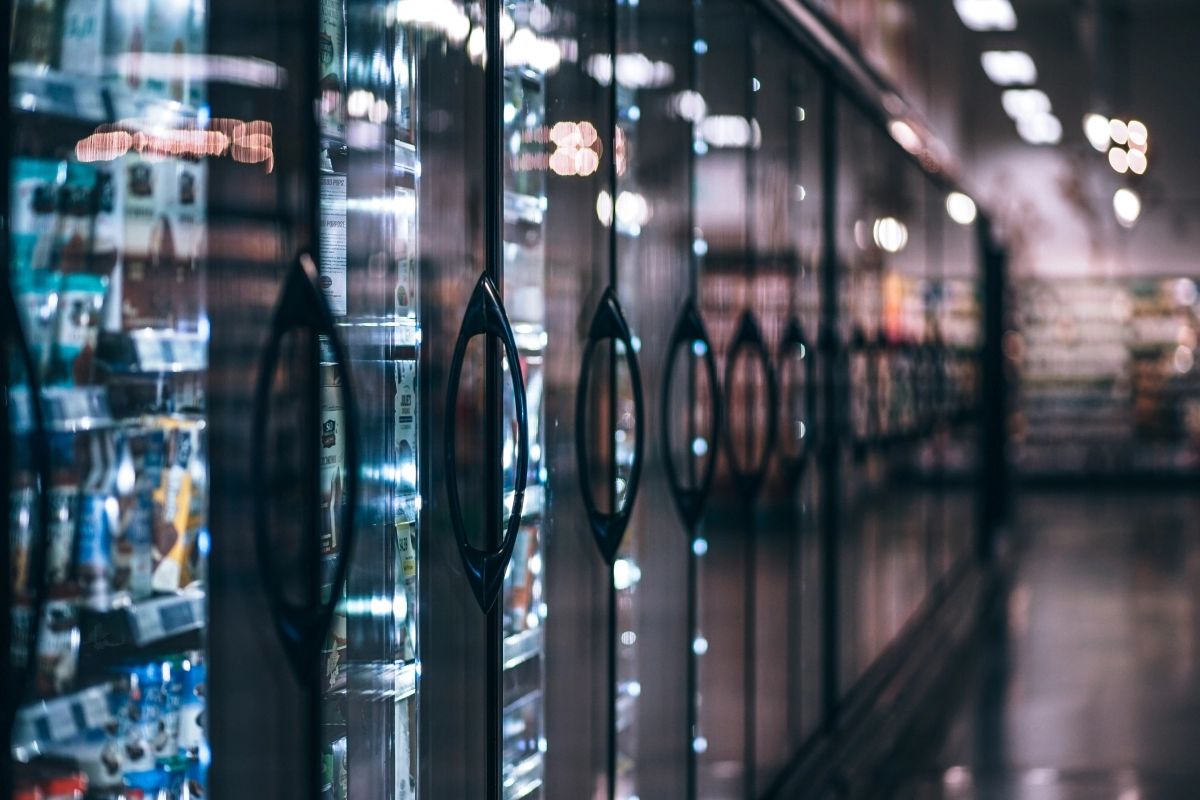
Whether you're training to become a food handler, managing a busy restaurant team, or guiding others through their food handler certification, you need to know the...
Innovations in food safety are extremely important, as they help to combat illnesses, harmful microorganisms and pathogens, and in general make food consumption and production a safer, healthier practice. Each and every year we see emerging technologies that benefit people and businesses all around the world, but many of these advancements go unnoticed and unsung to the general public. Some of the most exciting recent advancements in food safety tech can be found below:
Now more than ever before, consumers want to know where their food is coming from in order to determine its legitimacy and safety for consumption. One of these new methods of tracking the origins of your food is called DNATrax - a tasteless and odorless spray infused with DNA which acts as a marker and carries food origin information. Once the spray has been administered to your food, it can be scanned electronically and traced back to its point of origin. This new innovation is vital in tracking and stopping the spread of foodborne illnesses.
Another versatile tool used for tracking food is Joyvio, a smartphone app that has become popular in China. The app is used to scan barcodes on fruit in grocery stores and tells users each detail about the fruit’s trip from the tree to the supermarket. The app gives details about soil and water tests on farms, and informs users about any possible contamination along the way.
BlueRover Inc. of Kitchener, Ontario developed and installed an automated sensor system in a Boston Pizza restaurant. The sensors record and relay data in realtime about freezer temperatures, allowing restaurants to react immediately to drastic shifts in temperature. These sensors allow for a safe and accurate method of recording temperatures throughout a restaurant, saving employees from manual checking, and reducing the potential for human error or poor judgment.
3D printing has become extremely popular in recent years, with many terrific innovations arising from the technology. One of the most recent innovations using 3D printing is that of smart caps. Using wireless sensors and electronic circuits, smartphone apps can now be used in order to determine the freshness of milk on store shelves. This handy new innovation can be used to save consumers money, and to make safer food buying decisions by avoiding spoiled products.
You may have noticed that companies have become much quicker in reacting to product recalls in recent years. This is largely due to the technological innovations being made in this field. Advanced contamination identification processes have led to much quicker response times on the part of supply chains, increasing the likelihood that fewer consumers are affected by recalls. Safety testing and new software developments allows companies to quickly identify recall precursors and relay proper information alerts immediately.
A database used for genome sequencing called GenomeTrakr has been developed in order to help scientists identify foodborne pathogens and determine their points of origin. The database allows for quick collection of large amounts of analyzed data, allowing scientists and food safety professionals to compare pathogens and help affected patients faster than ever before. Once a pathogen has been matched, the database allows for quick reactions by identifying location and size of a potential pathogen outbreak.
An exciting new form of light-based technology is currently being used to guard food against pathogens and potentially increase their shelf life. Ultraviolet, LED, and pulsed lights have been identified as being able to eliminate bacteria from milk and fruit juices. Though this technology is currently in early stages, it’s able to cause bacterial breakdown on surfaces.
Technological innovations in the food safety industry are far more important than many may think - they have the ability to save lives, to cut food costs, and to make the products that make it to our tables and restaurants safer and more wholesome. As these technologies become more commonplace, we may begin to see fewer recalls, pathogen outbreaks, and less waste as a whole.
For more information about the online and in-class food safety training offered by the experts at Food Safety Market, visit the enroll page here.

Good training is an investment in your future, so if you’re looking for food handler certification, don’t be tempted to cut corners. Apart from anything else, your time...